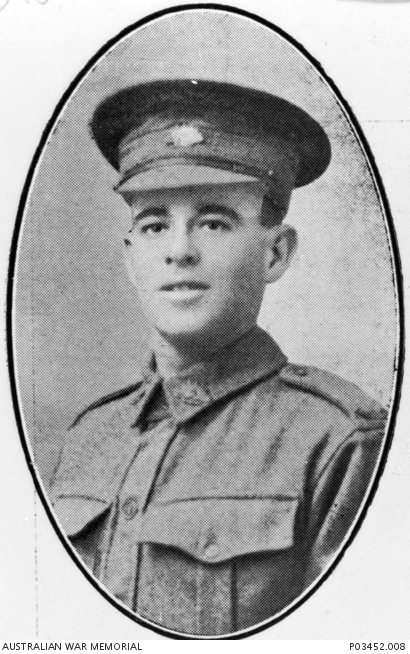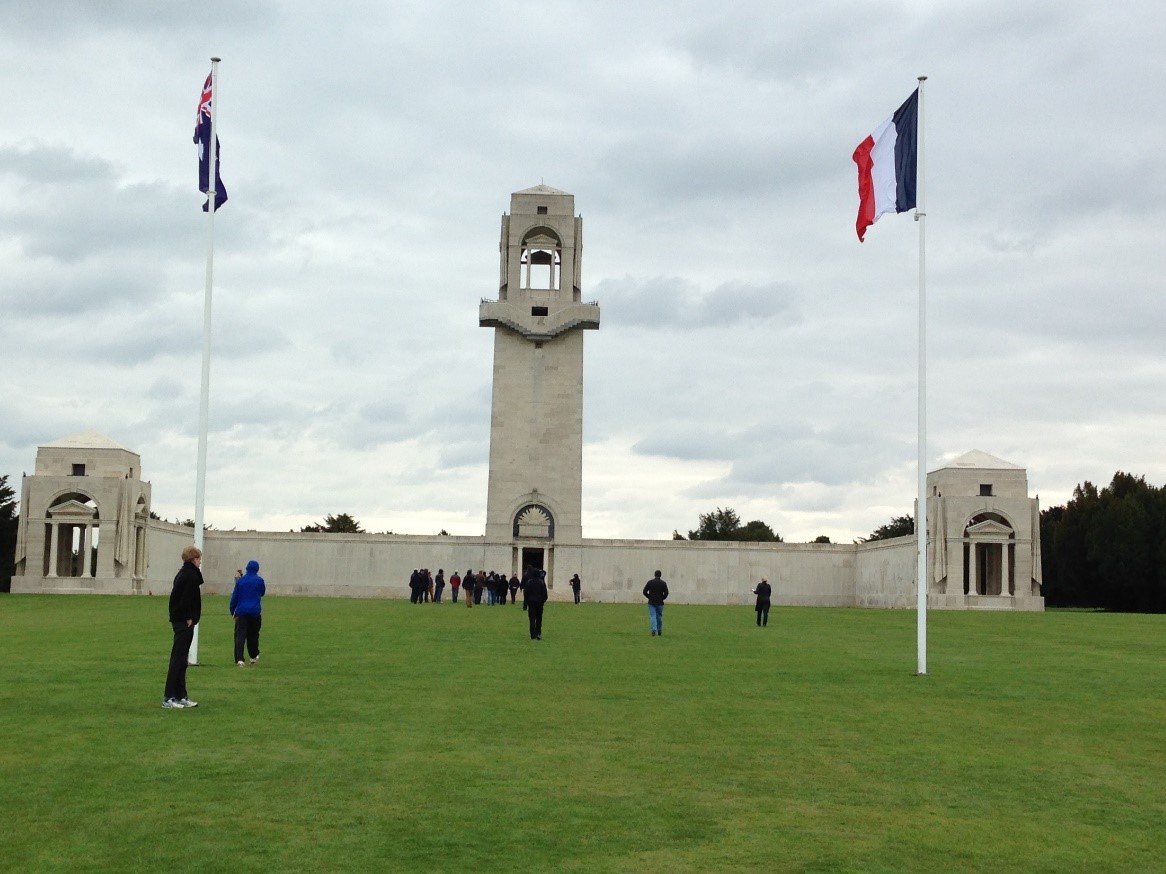The full name of this young soldier was Hector Sidney Ridout Woodforde. He came from Goondiwindi and was educated at the Toowoomba Grammar School. Hector was the son of Doctor William Sidney Ridout Woodforde and Mrs Annette Woodforde of Goondiwindi. He volunteered at Warwick on 11 January 1916, giving his occupation as labourer (his father later said grazier) and his age as 22 years and 2 months. He travelled to Enoggera and in due course was posted to the new 42nd Battalion.
Hector was born at Goondiwindi. He was not tall at 5’5” and weighed 126 pounds. His complexion was described as dark, with brown eyes and black hair. He was a member of the COE. His time at Enoggera was occupied in training and then postings to units preparing to move overseas to the fronts. After two months with the 42nd Battalion reinforcements he was transferred to a draft of men for the 12th Battalion. This was an unusual move for Queenslanders as the 12th was an original battalion of the 3rd Brigade, the first ashore at Gallipoli, that had been recruited mostly from Tasmania with a number of South Australians. Hector sailed from Brisbane on 20 April 1916 aboard SS Hawkes Bay with the 17/12th – a group of Queenslanders bound for the Western Front.
In Europe Hector followed familiar paths to the trenches: he spent time in the AIF camps in England and then joined a reinforcement unit bound for France. He crossed the Channel and passed through Etaples to be taken on strength by the 12th Battalion in November 1916. He became ill in the terrible winter weather and spent a month in hospital from late November until the New Year with respiratory infections. He rejoined the battalion on New Year’s Day 1917.
On 24 February the Germans began their surprise strategic withdrawal to the Hindenburg Line, a set of prepared defensive positions along the front that shortened their lines, making it more difficult for the Allies to attack them. Assaulting the Hindenburg Line and other strongpoints would cost the Allies hundreds of thousands of casualties in 1917 and bring the Allies to the point of exhaustion, if not mutiny.
On 25 February the 12th Battalion was part of a force following closely on the retreating Germans. They were drawn into a battle and suffered as the Germans conducted a rear-guard defensive action. In this action Hector was killed. The witness statements referred to German machine-gun fire from which Hector received a stomach wound. He died on the battlefield. Two men wrote that they had seen Hector’s body in a trench with a number of other fatal casualties of the day’s fighting.
From Goondiwindi Dr Woodforde began a course of correspondence with the army seeking information on his son’s death and burial. As a group these letters constitute an extraordinary testament to the impact of the Great War on Australian families. Soon after the battle in which Hector lost his life the family received a letter from the battalion’s chaplain. He wrote: (Hector) was killed in a place called ‘Wheat Trench’ O.G. Lines (the Old German Lines). Six men were killed by one shell and he was one of them – all the bodies were carried out to the little cemetery near Eaucourt LÁbbaye .
The tragedy and frustration continued over several years as Hector’s grave could not be located. In 1927 Dr Woodforde wrote to the army when he read in a newspaper that a soldier from Warwick had been found. It spurred him to renewed hope; but there was to be no comfort. The burden borne by the family had been described in a letter of 1920 where he wrote to the army of his wife: . . . . but I’m sorry to say that the strenuous work entailed by her Red Cross efforts here and grief at the loss of our boy has entirely incapacitated her both bodily & mentally. At present we do not know exactly where our lad was killed or where he lies – and if you could gather and send me any information I should be grateful.
Dr Woodforde eventually moved to Greenslopes in Brisbane where he treated veterans at the Repatriation Hospital. Dr Woodforde’s brother in Sydney had two sons go to France, Philip and Arthur. Philip Woodforde was a major with the 1st Battalion and was killed at Bullecourt in May 1917. Arthur served in the artillery and returned to Australia in 1919. Hector’s name was placed on the Australian Memorial to the missing at Villers-Bretonneux.
Toowoomba Grammar School Archive Records state that he started at the school on 9th February 1909 and left on 16th December 1910. The School Magazine dated May 1917 states, ‘S. H. R. Woodforde, eldest son of Dr. Woodforde, of Goondiwindi-At School 1909-1912. Fought in France with the 12th Battalion. Was killed in action on February 25th, 1917. Age, 23 years.’
External Links
AWM4 AIF unit war diaries 23/12/12 12th LHR FEB 1917
Australian War Memorial Honour Roll
Australian National Archives Military Record
Australian Red Cross Wounded and Missing Files
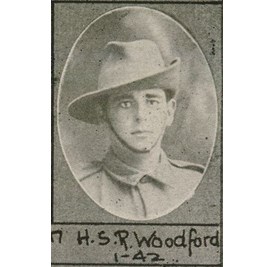
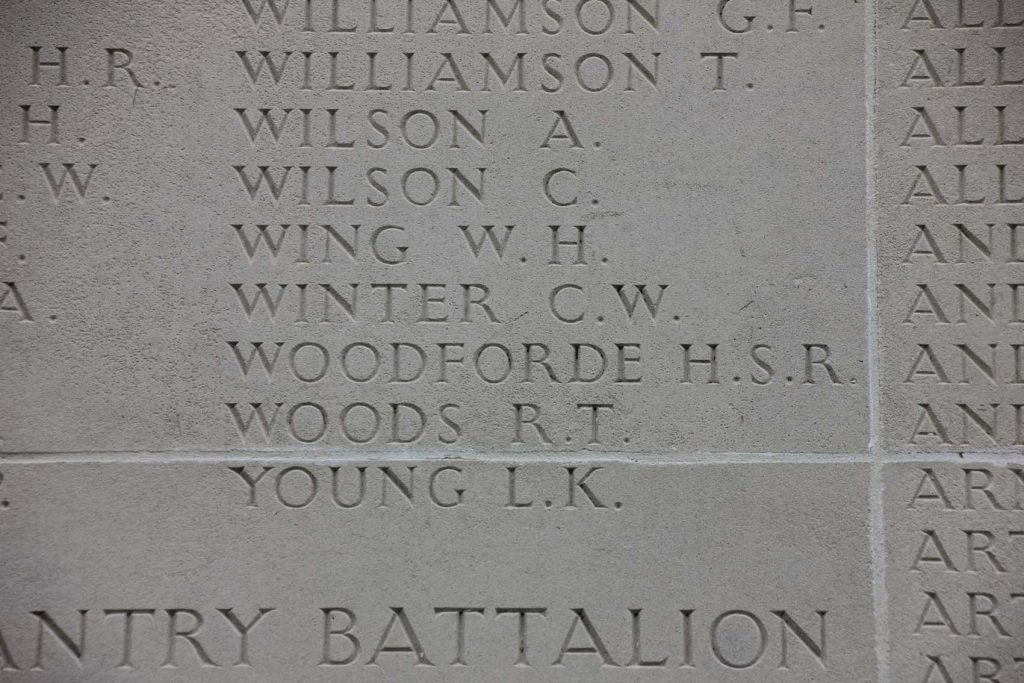
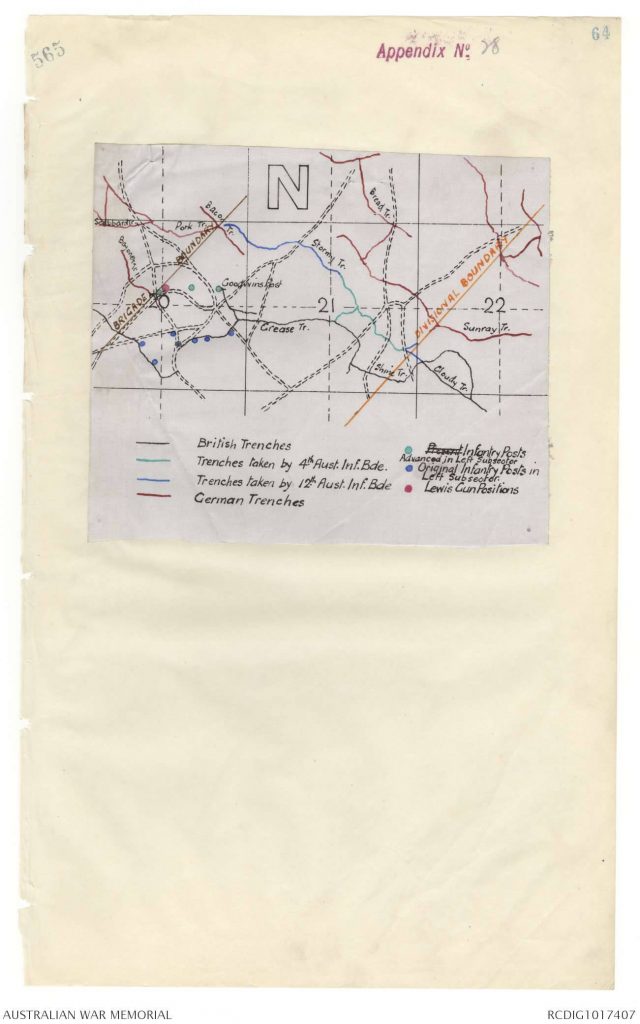
Location Map of 12th Battalion February 1917 from Unit War Diaries AWM


